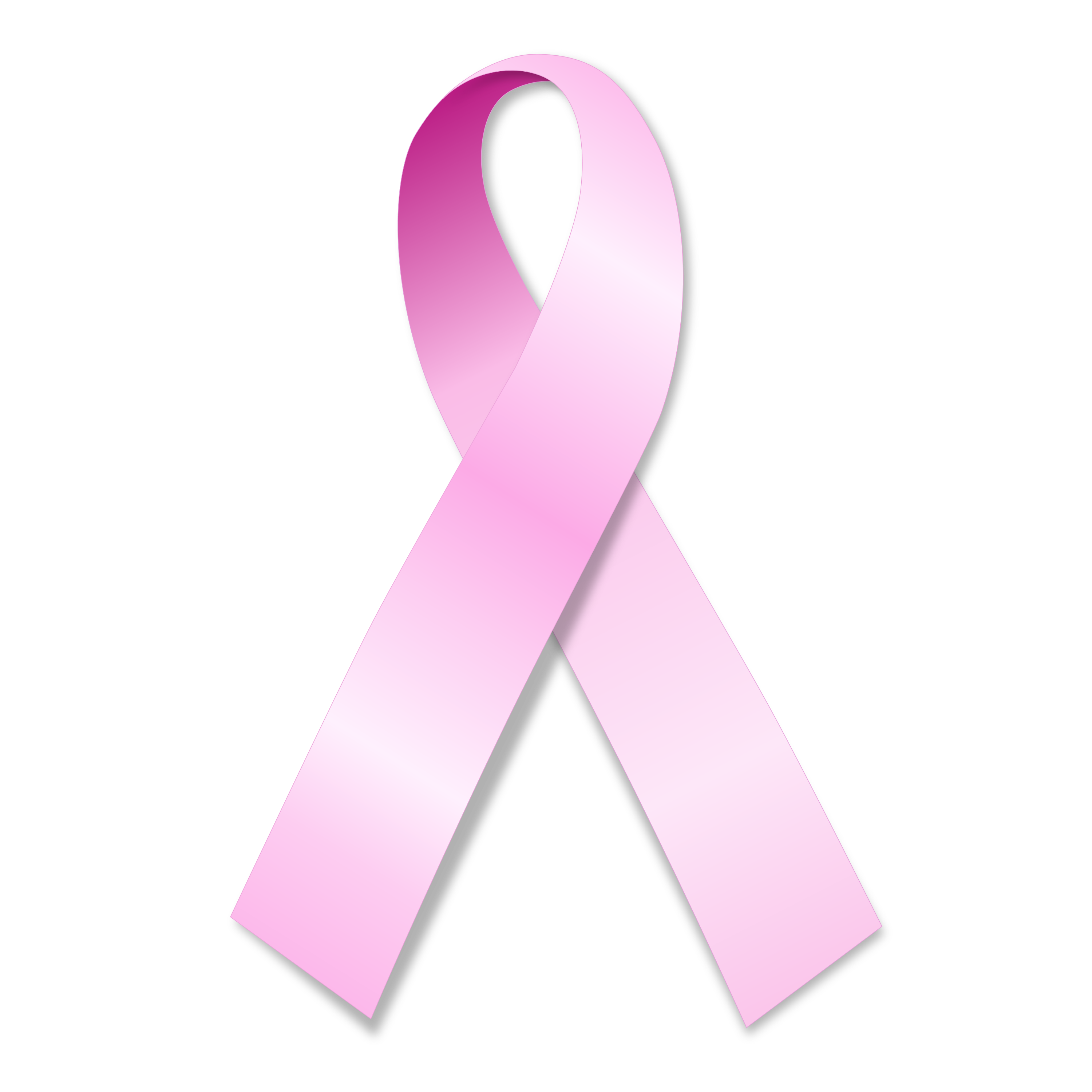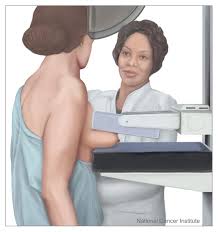That’s one of those “old timer” type sayings that makes a lot of sense in today’s world. I doubt anyone has missed the television full-court press on breast cancer that started last week after Joan Lunden appeared on the cover of People magazine. The timing coincides with Breast Cancer  Awareness Month.
Awareness Month.
Statistics from the National Cancer Institute at the National Institutes of Health show that from 2002-2011 the number of new cases of breast cancer has remained steady with mortality rates decreasing 1.9% each year. From 1975-2011, the five year survival rates have changes dramatically from 75.2% to 90.6%.
They are estimating these figures for 2014:
New cases: 232,670 (female); 2,360 (male)
Deaths: 40,000 (female); 430 (male)
More and more women are successfully surviving a breast cancer diagnosis because of two main reasons: advancements in treatment and early detection.

This is where the “ounce of prevention” reference comes in. Breast cancer screening such as annual mammography is crucial in reducing mortality.
For women between the ages of 50 and 69, screening may lower this risk by up to 30 percent. For women in their 40s, the risk may be reduced by about 17 percent.
Screening data identifies certain factors that seem to contribute to lower mammogram rates:
Women who are immigrants and those with lower incomes, with less education, without insurance, and lacking a usual health care provider are less likely to get screening mammograms.
Whether you feel that “Obamacare” or the Affordable Care Act (ACA) is your friend or your foe, there are some significant positive contributions to the health of America. Its focus on providing basic essential benefits, especially preventive care, is one way we can increase the number of breast cancer screenings in those previously under-served populations.
The 10 Essential Benefit Categories that health plans must offer as established by the ACA in 2014 are:
ambulatory patient services emergency services hospitalization
rehabilitative and habilitative services and devices
mental health and substance use disorder services, including behavioral health treatment
maternity and newborn care prescription drugs laboratory services
preventive and wellness services and chronic disease management pediatric services, including oral and vision care

By providing access to basic primary services at little to no cost, their physician can educate them on the importance of breast cancer screening and other preventive measures.


